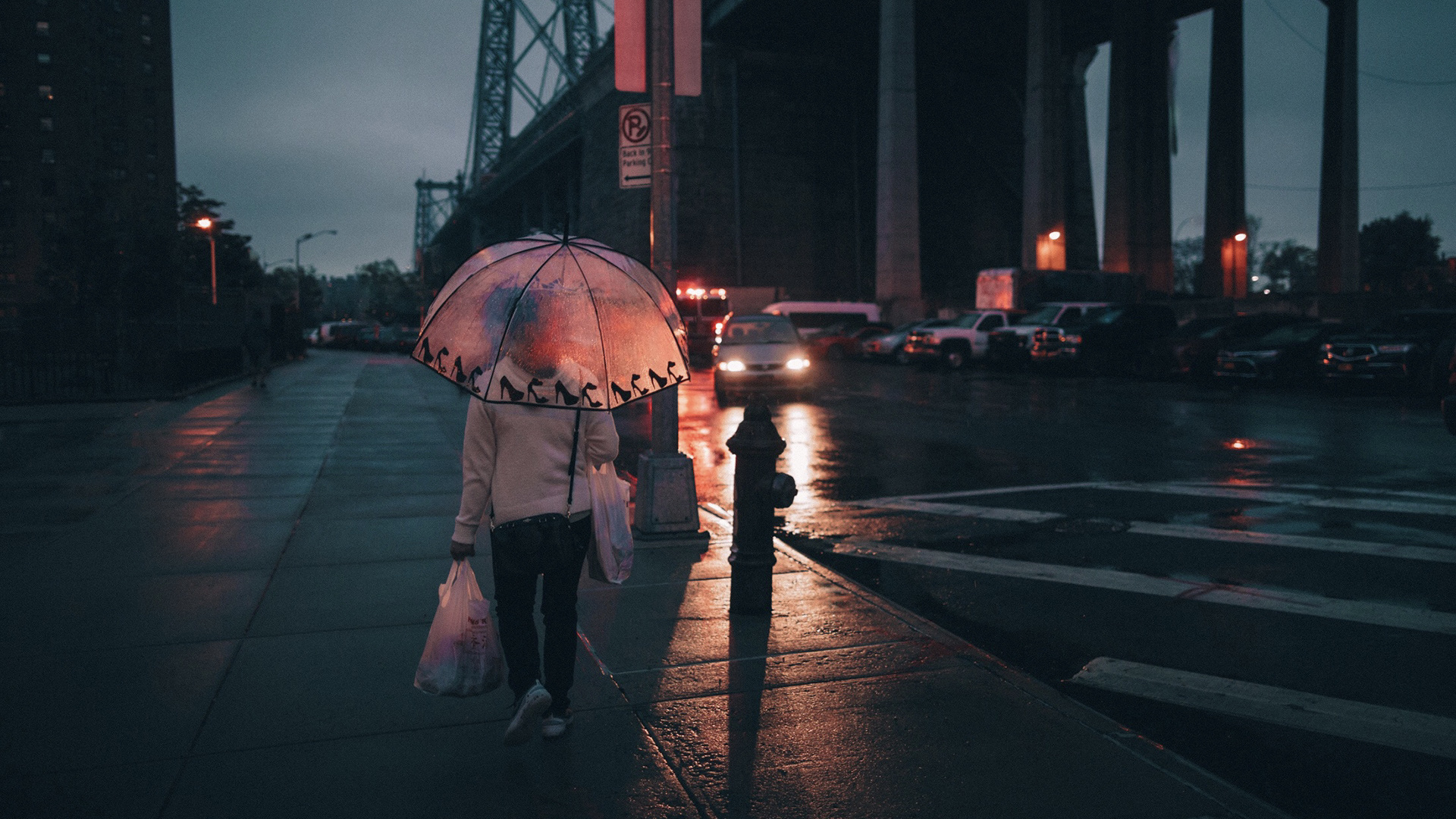The Buzz on Street Photographers
Table of ContentsThe Definitive Guide for Street PhotographersGetting The Street Photographers To Work8 Simple Techniques For Street PhotographersA Biased View of Street PhotographersNot known Factual Statements About Street Photographers
Street professional photographers do not always have a social purpose in mind, but they like to isolate and capture minutes which might otherwise go undetected.He was influenced by several of those who affected the road digital photographers of the 1950s and '60s, he was not chiefly interested in catching the spirit of the street., who worked side by side with digital photographers trying to record the significance of metropolitan life.
Due to the comparatively primitive technology offered to him and the lengthy direct exposure time required, he battled to record the hustle and bustle of the Paris streets. He explore a collection of photographic approaches, attempting to locate one that would allow him to catch movement without a blur, and he discovered some success with the calotype, patented in 1841 by William Henry Fox Talbot. In comparison to Atget, photographer Charles Marville was hired by the city of Paris to create an encyclopaedic record of Haussmann's urban planning task as it unfolded, thus old and new Paris. While the professional photographers' subject was basically the very same, the outcomes were significantly different, demonstrating the impact of the professional photographer's intent on the character of the pictures he created.
Offered the fine high quality of his photos and the breadth of product, designers and musicians typically got Atget's prints to make use of as referral for their own work, though industrial rate of interests were hardly his main motivation. Rather, he was driven to photo every last remnant of the Paris he enjoyed.
Street Photographers for Beginners
They reveal the city via his eyes. His work and basic understanding of digital photography as an art form worked as motivation to generations of photographers that followed. The future generation of street digital photographers, though they likely did not refer to themselves as such, was introduced by the photojournalism of Hungarian-born professional photographer Andr Kertsz.
Unlike his peers, Brassa utilized a larger-format Voigtlnder camera with a much longer exposure time, requiring him to be extra computed and thoughtful in his technique than he could have been if utilizing a Leica.
Cartier-Bresson was a champ of the Leica cam and one of the very first photographers to maximize its capabilities. The Leica permitted the professional photographer to connect with the surroundings and to capture moments as they took place. Its reasonably small dimension also assisted the professional photographer discolor into the history, which was Cartier-Bresson's preferred approach.
Everything about Street Photographers
It is as a result of this essential understanding of the art of picture taking that he is typically credited with uncovering the medium all over again roughly a century since its invention. He took photographs for even more than a half century and influenced generations of photographers to trust their eye and intuition in the minute.
These are the concerns I shall attempt to answer: And afterwards I'll leave you with my very own definition of road digital photography. Yes, we do. Let's kick off with specifying what an interpretation is: According to (Street Photographers) it is: "The act of specifying, or of making something certain, useful source distinct, or clear"
No, certainly not. The term is both limiting and deceiving. Seems like a road digital photography should be photos of a roads best?! And all road professional photographers, with the exception of a handful of outright beginners, will fully value that a street is not the key component to street photography, and really if it's an image of a road with perhaps a couple of uninteresting people not doing anything of interest, that's not road photography that's a photo of a street.
Excitement About Street Photographers
He makes a legitimate point do not you assume? However, while I agree with him I'm uncertain "candid public photography" will certainly capture on (although I do sort of like the term "candid photography") due to the this hyperlink fact that "street digital photography" has been around for a long period of time, with many masters' names affixed to it, so I believe the term is right here to remain.
You can shoot at the coastline, at a festival, in a street, click here for more in a park, in a piazza, in a coffee shop, at a gallery or art gallery, in a metro terminal, at an occasion, on a bridge, under a bridge ...
Yes, I'm afraid we have no choice! Without guidelines we can not have a meaning, and without a definition we don't have a category, and without a style we do not have anything to define what we do, and so we are stuck in a "policies interpretation style" loop!
Excitement About Street Photographers

Comments on “3 Simple Techniques For Street Photographers”